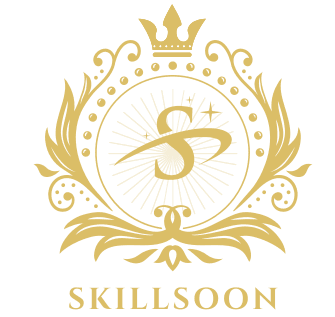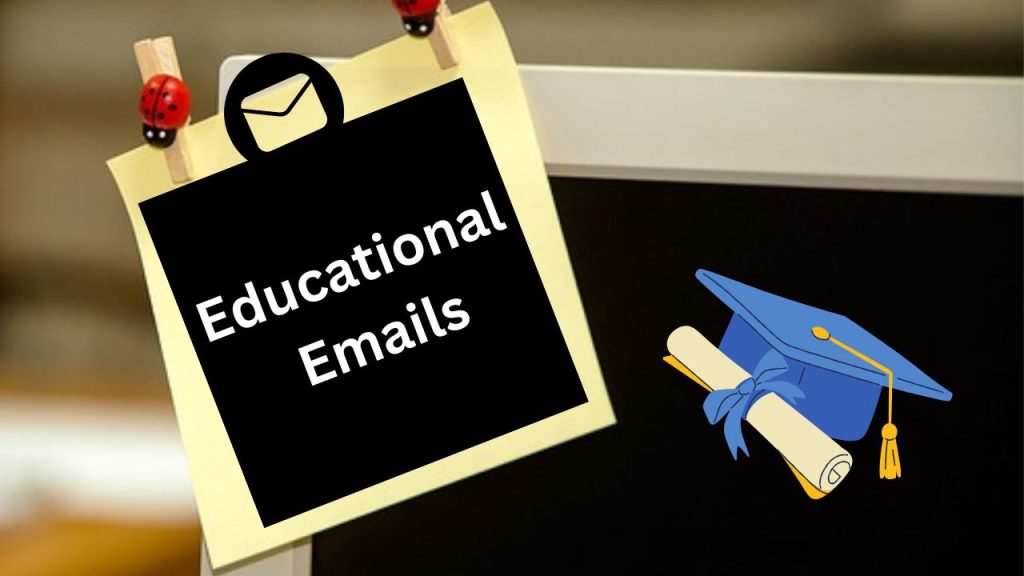Educational emails present and offer a systematic and efficient means of transferring valuable information, acquiring insights, and developing knowledge-whatever their purpose may be-online courses, corporate training, or a simple knowledge sharing campaign. With the proper strategy, educational emails can engage the reader, establish relationships, and increase access to learning. Here we’ll be exploring what makes educational emails efficient through successful case studies, as well as sharing templates and some great tips for making your own educational emails impactful and engaging.
What Are Educational Emails?
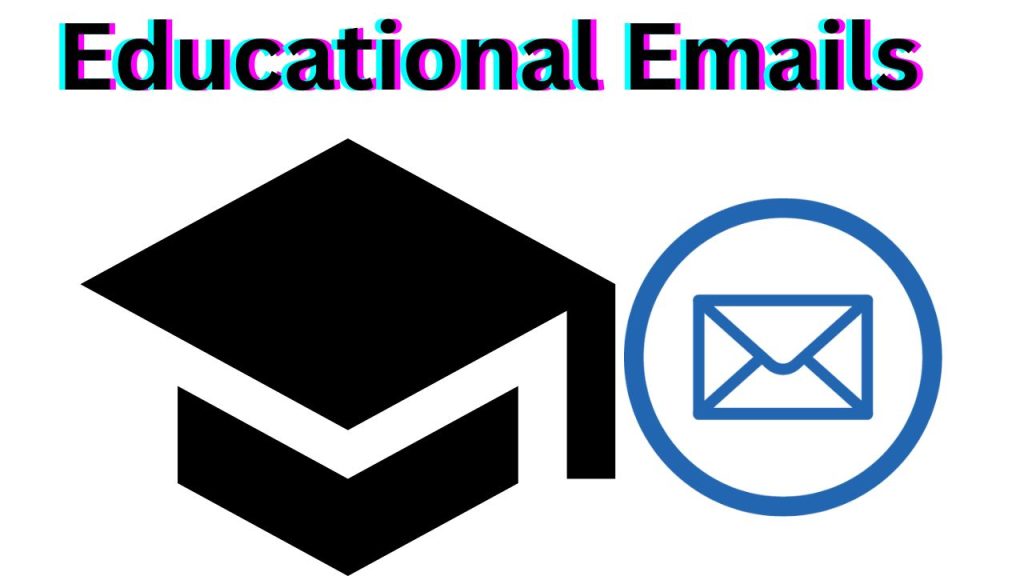
These are essentially instructional emails and add value to the receivers on a single topic so they can understand or enhance their knowledge regarding something. This is mostly used in specific domains like training the staff for marketing purposes, online courses, and inviting customers to the website. Such emails can be either sent in a series or as a one-time, depending on the purpose.
The types of educational emails include:
– How-to Guides: Step-by-step instructions demonstrating readers on how to get something done
Industry Insights: Updates or insights into what’s happening in the industry, usually for professionals
Skill-building Tips: Tips on building skills on writing, coding, sales, etc.
Training Modules: Structured lessons, usually part of a series, designed to train employees or be part of a new hire process.
To understand how educational emails influence results, let’s consider case studies that show how companies and organizations have better leveraged them.
Case Study 1: Duolingo’s Educational Email Series
A popular language-learning platform like Duolingo took a unique approach to keep users engaged in their learning journey. Thus, the company sends users regular reminders and sends weekly progress reports to encourage them in the pursuit of knowledge. In an experiment run by Duolingo, students who got such frequent reminders were 20% more likely to complete their lessons than those who opted out of email updates. In other words, educational emails, devised as reminders, do work in promoting user interest and engagement.
Key takeaway: Timely and encouraging educational emails can help users be on track with their learning objectives.
Case Study 2: HubSpot’s Email Academy
Through its HubSpot Academy, HubSpot, a well-known provider of marketing and sales tools, provides courses at no cost. A user’s inbox is filled with course materials, assignments, and quizzes, and the readings help them learn more about marketing and sales. A brief, directive email with links to more thorough resources grew successfully using this format: 79% of users who finished the training said they were more likely to use HubSpot tools.
Key takeaway: Product adoption and user engagement can be enhanced by value-adding instructional emails that also make resources easily accessible.
Fundamentals of Effective Educational Emails
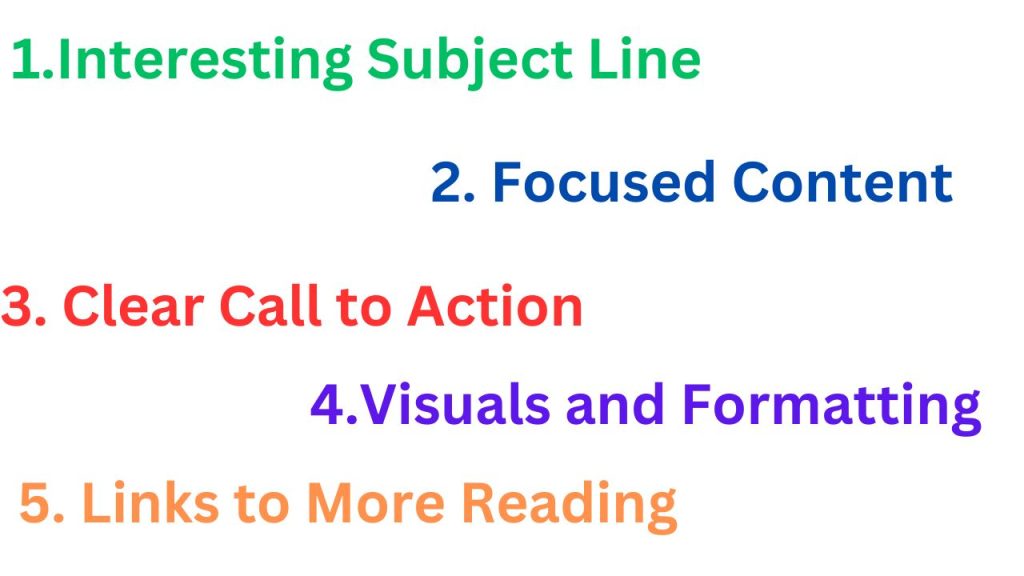
Educational emails must be clear, concise, and structured for easy reading. The following are the basic elements of an effective educational email:
1. Interesting Subject Line:
Make readers want to open the email with the subject line. It should be short and maybe even providing some value like this, “5 Ways to Improve Your Writing Today,” or “The Ultimate Guide to Email Marketing Success.”
2. Focused Content That Is Not Too Long:
Not too overwhelming for a reader in terms of sticking to a specific topic or concept per email. Short sentences and paragraphs enhance readability.
3. Clear Call to Action (CTA):
Every email needs a call-to-action always present, such as “Read more,” “Complete the quiz,” or “Join the webinar.” This will be keeping the reader engaged and nudging him/her to the next step of learning.
4.Visuals and Formatting:
Headers, bullet points, images, and icons assist greatly in breaking text and making information easy to digest.
5. Links to More Reading:
Links to related articles, videos or downloads should be included in most educational emails for those interested in further reading on the topic.
Email Templates for Learning
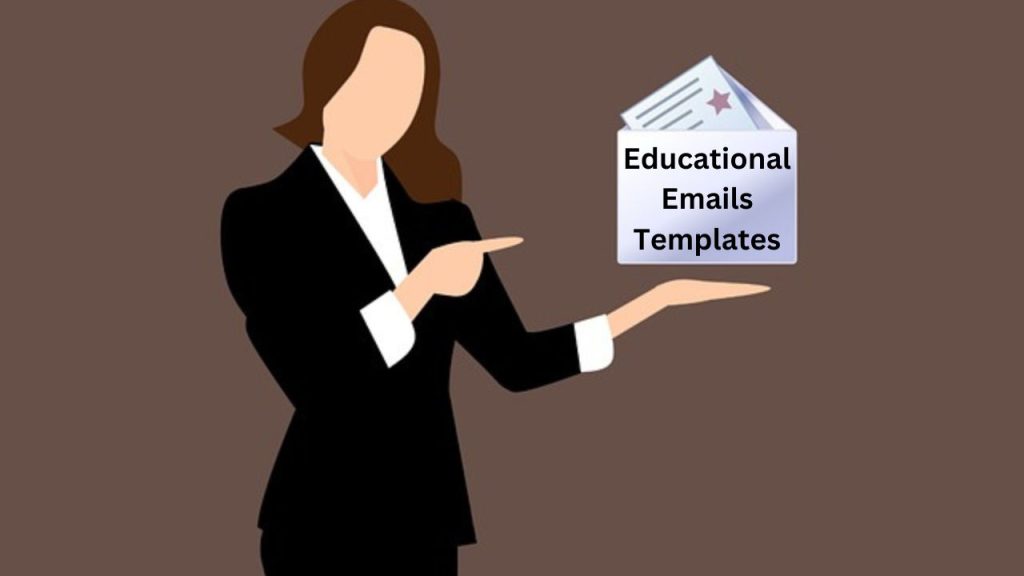
As a way to give you an easy start, here are some simple templates you can use and tailor according to your content and your audience:
1. Welcome Email for a New Course
Subject: Welcome to [Course Name] – Let’s Get Started!
Body:
Hi [Name],
Welcome to [Course Name]! We are excited to have you on board and look forward to this journey together. For the next couple of weeks, you will learn through lessons, tips, and assignments designed to help you build your skills in [Course Topic].
Here is an overview of what you can expect in this course:
• Weekly lessons and assignments
• Interactive quizzes to challenge your newfound knowledge
• Support from your instructors
Let’s get started with your first lesson: [Link to Lesson 1]
Best,
[Your Name/Organization]
2. Progress Reminder Email
Topic: Keep it Coming! You Are Doing Great
Body:
Hi [Name],
Just wanted to check in with you on some progress you’ve already made in [Course/Training Program]! Way to go with finishing up [Lesson Count] lessons so far!
By the way, did you know that learners who finish 5 or more lessons in this course report a [statistic/benefit related to completion]?
Stay the course! Here is your next lesson: [Link to Next Lesson].
Thanks for the good effort so far!
Best regards,
[Your Name/Organization]
3. Monthly Recap and Industry Insights
Subject: [Month] Recap: Industry Updates, Tips, and Resources
Body:
Hi [Name],
What a month! It’s been great learning and growing with you all. Here is a quick recap of what we’ve covered and a few industry insights for you:
[Topic Recap]: This month we covered some really important key points in our recent emails. Have a look if you missed anything!
Industry Insights: Did you know [Industry Trend or Statistic]? It can shake everything we think we know [Related Topic].
Next Month: We will discuss topics related to [Upcoming Topics]. Keep checking back!
Best,
[Your Name/Organization]
How to Write Compelling Educational E-mails
Effective creation of catchy educational e-mails requires consistency, value, and a reader-centric approach. Here are some practical tips for crafting the educational e-mail that will resonate with your audience:
1. Make Emails Personal:
You could simply address the recipient by name and provide information relevant to that recipient’s interest or level of progress. Data from Campaign Monitor reveals that personalized emails increase open rates up to 50%.
2. Use Data and Statistics:
This gives credibility by adding data, statistics, or a case study. Examples include: “On average, students who finish this course experience a gain of X% in [Skill].”.
3. Make Interactive:
Quizzes, downloadable resources, or discussion forums can increase the extent to which readers interact with the content.
4. Mobile Optimized:
More and more people read email on a mobile device; therefore, ensure that your email communications are optimized for mobile. Your single column layouts and larger fonts will then be highly readable.
5. Track and Analyz Performance:
Track your open rates, click-through rates, and conversions. You can use that to know what works and then fine-tune your strategy using it.
6. Time the Test:
Periods when there is greater engagement by the recipients to whom the email is being sent. For instance, studies have shown that for educational content, it tends to be high open rates on Tuesdays and Thursdays when received at about 10 a.m. local time.
7. Moving Forward with a Clear Plan:
Your email should push the reader to take the next step of their learning journey. This could be an article or a video or maybe something more significant, like completing an activity.
Ideas for an Educational Email Series

If you’re considering creating an email series dedicated to learning, here are some ideas to get you going:
1. Skill Building Series:
A series focused on one specific skill, such as “Mastering Social Media Marketing” or “Basics of Coding.” Every email could introduce a new idea into recipients’ lives, along with some practical exercises
2. Weekly Tips:
The “Tip of the Week” series is useful when a subscriber gets practical advice every week. It can be such a useful thing – it covers anything from productivity, to writing, or personal finance.
3. Onboarding and Product Training:
Train new users of SaaS organizations through an email series which will train them to use your product in the best ways possible. Divide your product’s features into easy-to-understand, lesson-sized samples.
4. Resource Roundup:
It is an email that appears weekly or bi-weekly bringing together resources, articles, and tools found under a single topic.
5. Challenge Series:
You might be sending a series of 10-day or 30-day challenges challenging your email subscribers to tackle specific tasks or tips daily related to their goals. An example would be the “10 Day Mindfulness Challenge” where it guides readers in incorporating small mindfulness practices in their lives.
Conclusion:
Educational emails are such a great building block to establish knowledge, engage your audience, and maintain long-term relationships. Using organized, relevant, and personalized content, you can create informative yet action-inspiring emails. Templates and tips provided here are a starting point, but what matters is the consistency and value delivered.
Experiment, track your results, and adjust your method for creating educational emails that readers look forward to going back for. The perfectly created educational email can be a great tool in your communications arsenal.
